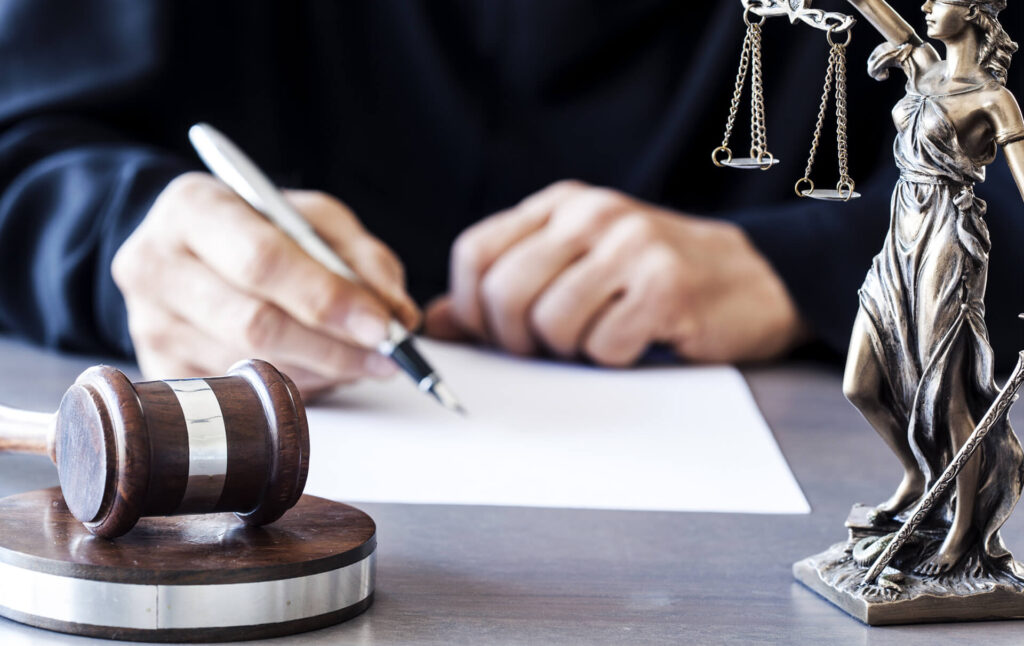When I teach seminars on legal forecasting, I always start with a question: How many of you have used TWEN Westlaw? Almost every hand goes up. But here’s the follow-up: How many of you have used it to explore future legal trends, rather than just past cases? That’s where the room gets quiet. TWEN Westlaw is an incredible resource, but most students treat it as a historical archive rather than a predictive tool.
The reality is, TWEN Westlaw is more than a repository—it’s a laboratory. By analyzing how courts cite precedent, how often certain arguments succeed, and which legal theories are gaining traction, students can start to see the law as a dynamic system. For example, if you track the frequency of “substantive due process” arguments in Westlaw’s database, you might notice a resurgence in certain contexts. That’s not just academic—it’s a signal that the doctrine’s scope could expand.
The challenge is teaching students to think like forecasters. Instead of asking, “What did the court decide in Roe v. Wade?” we should be asking, “How have lower courts interpreted Roe’s legacy in the last decade, and what does that tell us about the next?” TWEN Westlaw provides the data; the analytical framework is up to us.
At Norm Atlas, we’re working to bridge this gap. We’ve developed case studies that use TWEN Westlaw to map the evolution of everything from intellectual property law to civil rights. The goal isn’t to replace traditional legal education, but to supplement it with a forward-looking perspective. After all, the best lawyers aren’t just historians—they’re strategists.

